City of Toronto Media Relations has issued the following news release:
Mayor John Tory announced a new ActiveTO program being developed by Toronto Public Health and Transportation Services to provide more space for people walking and cycling as well as transit riders to allow for better physical distancing as part of the city’s restart and recovery.
While the City of Toronto remains focused on fighting COVID-19 and continuing to provide the essential and critical City services that residents and businesses rely on, the City is also looking ahead to the restart and recovery period. Like other municipalities, the City of Toronto is working to protect livelihoods while also protecting lives in a post-COVID world.
As the summer comes and the city starts up again, it’s expected people will be out and about more often. Toronto’s Medical Officer of Health, Dr. Eileen de Villa, advice to residents to stay at home as much as possible, to avoid rushing out to create conditions that would encourage people to congregate, has helped slow the spread of the virus. It has protected the health of Toronto residents and saved lives – which is the primary objective at all times.
People cannot stay home forever and they will need to go outside. It will be good for their health provided they continue, to a reasonable extent, to keep their distance from others.
Right now, vehicle and pedestrian traffic are at an all-time low, while bike traffic has stayed about the same in certain downtown locations. In anticipation of changes in traffic patterns in the coming weeks and months, the Mayor and City Council requested City staff look at more active transportation as a crucial part of the restart and recovery.
A high-level update of the plan was released today with further details to be released next week.
ActiveTO is about making sure people have space to get outside, have space to get around while respecting physical distancing, and – when it comes to the larger bike lane projects – that we have a safety valve when it comes to the TTC.
ActiveTO Initiatives:
Creating Quiet Streets
These will be local routes with traffic calming measures that will enable local car traffic only and open up space for pedestrians and cyclists. These projects will roll out fairly quickly and the initial target will be 50 kilometres of quiet streets.
Major streets for active transportation
Transportation Services staff and Toronto Public Health recommend closing some major roads adjacent to major trails or recreational attractions where crowding on weekends and holidays has been observed. These would include some locations with complete closures to all car traffic and would be delivered through recurring short-term road closures, such as on weekends. When this happens, on a trial basis, staff will be monitoring adjacent routes with real-time data and will make adjustments as necessary.
Expanding cycling network
More bike lanes will help people move around the city as the restart gets underway. This plan would see the cycling network expanded and temporary active transportation lanes installed. The City will expand and accelerate key parts of the council-approved Cycling Network Plan, that connect the cycling network, as well as bikeways that mirror major TTC routes.
The City’s CurbTO program is continuing to be rolled out to immediately address hot spots on sidewalks and streets. Primarily the hot spots are where there is sidewalk crowding and temporary parking concerns around essential businesses. Grocery stores, pharmacies, restaurants/bars and community agencies are increasingly offering pick-up, take-out and delivery services and have created store access line-ups to maintain physical distancing requirements as recommended by Toronto Public Health.
So far, 21 CurbTO pedestrian curb lane and temporary parking pickup zones have been installed and City staff aim to install zones at more than 100 hotspots. Seven asphalt curb ramps have been put in place at three locations to support accessibility.
Businesses can apply and learn more about eligibility criteria and program guidelines at http://www.toronto.ca/covid19BusinessTO.
“Our streets are going to look different in many places in the post-COVID world. We will need more road space for walking. We will need quiet streets. We will need more bike infrastructure. We are going about this in a responsible, common sense way with Toronto Public Health, Transportation Services and local councillors all involved in making common sense, health-focused decisions which broaden out our transportation network.”
– Mayor John Tory
